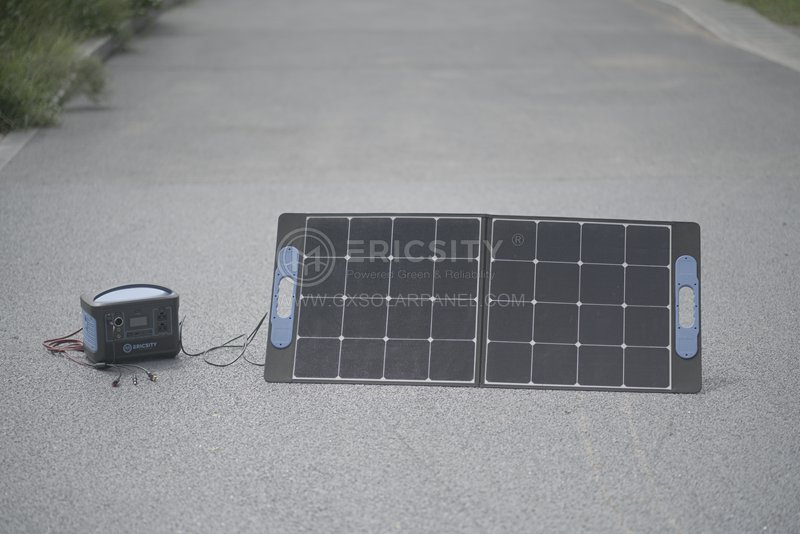HOT PRODUCT
Product Details
solar Energy In Extreme Conditions: Amorphous Flexible Panels
Solar Energy In Extreme Conditions: Amorphous Flexible Panels
As the demand for renewable energy continues to rise, researchers and engineers are constantly seeking new and innovative ways to harness solar power. One such advancement in solar technology is the development of amorphous flexible panels, which are designed to withstand extreme conditions while offering unique advantages over traditional solar panels. In this article, we will explore the features, benefits, and potential applications of amorphous flexible panels.
Amorphous flexible panels, also known as thin-film solar cells, are made using non-crystalline silicon materials. Unlike traditional solar panels, which are composed of rigid and heavy crystalline silicon cells, amorphous panels use a much thinner and lightweight layer of silicon. This flexibility allows them to conform to various surfaces, opening up a range of possibilities for solar integration.
One of the main advantages of amorphous flexible panels is their ability to operate efficiently in extreme weather conditions. Traditional solar panels are often affected by temperature variations, which can decrease their performance. Amorphous flexible panels, however, can tolerate a wider range of temperatures, making them suitable for use in both hot and cold climates. Additionally, these panels are more resistant to cracks caused by thermal stress, reducing the risk of damage and ensuring long-term durability.

Another advantage of amorphous flexible panels is their adaptability to uneven or curved surfaces. This flexibility allows for easy installation on irregular or non-traditional surfaces, such as vehicles, backpacks, or even clothing. By integrating solar power into these unconventional applications, amorphous flexible panels offer a new level of practicality and convenience. For example, solar-powered backpacks equipped with these panels can charge electronic devices while on the move or in remote locations without access to conventional power sources.



Moreover, amorphous flexible panels are highly portable due to their lightweight design and flexibility. They can be easily rolled up or folded, making them ideal for transportation and deployment in remote areas. This characteristic makes them an excellent choice for expeditions or emergency situations where energy supply is limited. The ability to harness solar power in extreme conditions opens up opportunities for reducing reliance on fossil fuels and promoting sustainability in remote and challenging environments.
Additionally, amorphous flexible panels have the potential for integration into building materials, such as windows or facades, enabling seamless solar power generation. By incorporating these panels into everyday infrastructure, the potential for large-scale solar energy production increases significantly. This integration would not only contribute to the generation of clean and renewable energy but also enhance the aesthetic appeal of buildings through innovative architectural designs.
While amorphous flexible panels offer several advantages, there are also limitations to consider. Compared to traditional solar panels, the efficiency of amorphous thin-film solar cells is lower, meaning they generate less electricity for a given surface area. However, ongoing research and development efforts aim to improve the efficiency of these panels, making them more competitive with their crystalline counterparts.
In conclusion, amorphous flexible panels represent a promising breakthrough in the field of solar energy. Their ability to withstand extreme conditions, conform to various surfaces, and provide portable and adaptable solutions make them an excellent choice for diverse applications. As technology continues to advance, the efficiency and performance of amorphous thin-film solar cells are expected to improve further, bolstering their viability and expanding their potential applications. Embracing solar energy in extreme conditions through amorphous flexible panels is a significant step towards a cleaner and more sustainable future.




